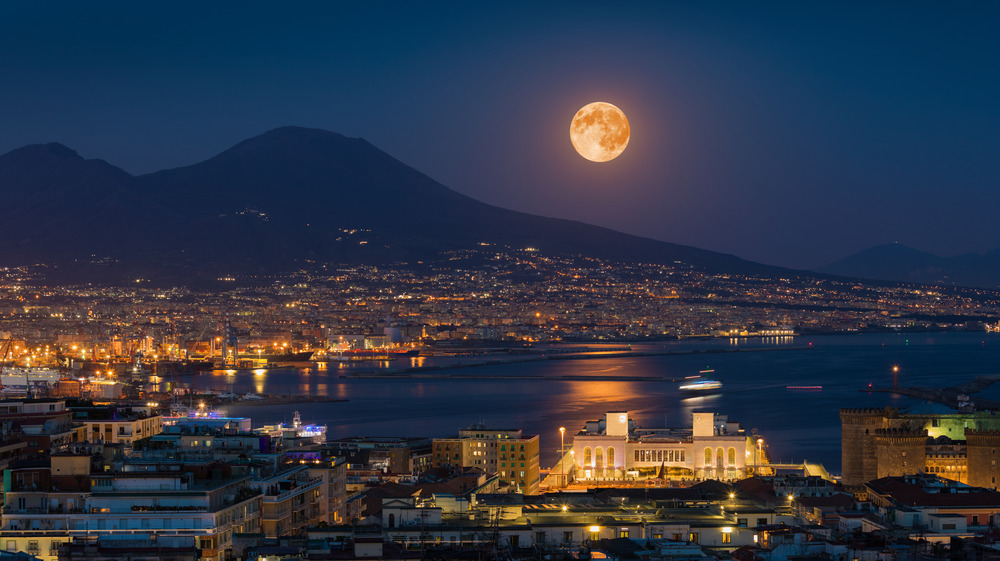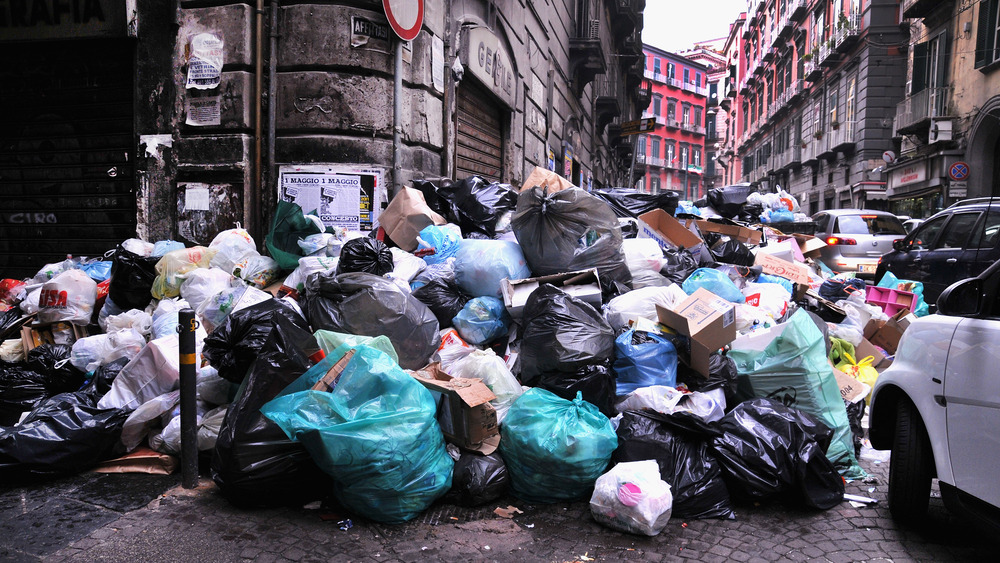Camorra: The Truth About Italy's Most Successful Crime Group
The word "Mafia" has come to represent all types of organized crime in popular culture, due to that gang's influence on American organized crime. However, according to Mafia historian Umberto Santino's essay Mafia and Mafia-type organizations in Italy, that term is actually the name of the organized crime group based in Sicily. Other "Mafia-type" gangs include the 'Ndrangheta, in the Calabria region, the Sacra Corona Unita, in the Apulia region, and the Camorra, from Campania, the region in which the city of Naples is located.
Santino notes that the history of the Camorra is "notably discontinuous." Sources like Britannica state that the group came into power in the 19th century, but may have roots as far back as 15th-century Spain. However, Santino traces the origins of the modern incarnation of the organization to the late 1950s, when small criminal groups in the Campania region began going by the name "camorra." These groups grew larger and more efficient in the 1960s, finding success smuggling cigarettes. They also formed a beneficial alliance with some families from the Neapolitan Mafia in this decade, connections which in the 1970s turned into lucrative business in the trade in illegal drugs. Still, there is one fundamental difference between the Cosa Nostra, i.e., the Mafia, and the Camorra. While power in the Mafia is a top-down, pyramidal hierarchy, the Camorra employ a more disparate structure of individual groups, or "clans." This structure has worked for the Camorra, which now finds itself more powerful than the Sicilian Mafia.
The Camorra is a ruthlessly violent criminal powerhouse in Italy
Santino notes that the Camorra boasts around 7,000 members among its 145 clans. Its control of the trade in drugs like cocaine and heroin has made the Camorra the most successful and most feared criminal organization in Italy. In 2006, The Independent reported on an Italian writer named Roberto Saviano who published a book that spilled a few too many beans about the Camorra than the gang would have liked him to. He feared for his life, and with good reason. "This sprawling network of criminal gangs, according to [Saviano]," wrote reporter Peter Popham, "now dwarfs both the original Mafia of Sicily, the 'Ndrangheta and souther Italy's other organized gangs, in numbers, in economic power and in ruthless violence."
The New York Times noted that Saviano's book Gomorra was a "literary sensation" that sold more than half a million copies, but it also earned him death threats and forced him to go into hiding due to its depictions of gang violence, drug trafficking, child soldiers, and other aspects of the Camorra's business that the gang would rather keep hidden from the outside world. Aspects like the government corruption that gets so bad that garbage piles car-high in the streets, or the fact that the Camorra has killed far more people than the Sicilian Mafia in recent decades, and made the Campania region one of the most violent places in Europe.

